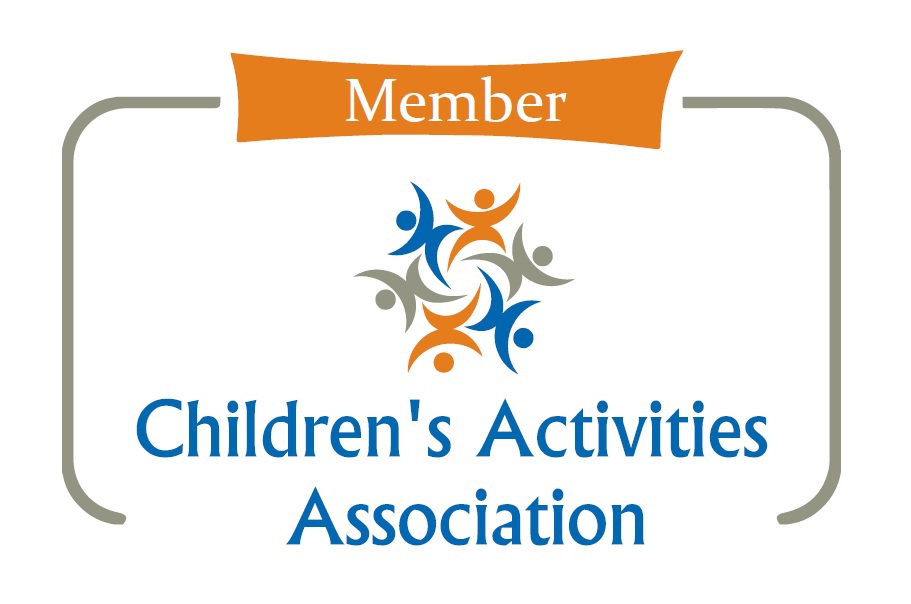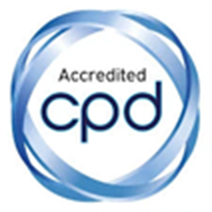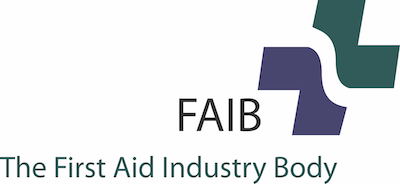We’ve teamed up with Epilepsy Society this week to help spread their “Calm, Cushion, Call” messaging. This simple first aid advice offers members of the public 3 really easy steps to follow if they see someone having a seizure. We take a look at what epilepsy is, what causes it, what might happen during a seizure and how to seek help.
What is epilepsy and who does it affect?
It might surprise you to learn that epilepsy affects 1 in 100 people in the UK - that’s over 600,000 of us. It can start at any age, but is more likely to start in childhood, or in people over 60. Every day, 79 people are diagnosed with epilepsy in the UK. For some people epilepsy is a lifelong condition, however, for others, seizures can stop over time. Most people with epilepsy find they can get control of their seizures with medication.
Epilepsy affects the brain and causes seizures: unusual electrical activity in the brain that temporarily affect how it works. It is easiest to look at epilepsy as a sudden interruption in the otherwise normal functioning of a person’s brain. Repeated seizures are the main symptom of epilepsy, which is usually only diagnosed following more than one seizure.
What causes epilepsy?
There isn’t a simple answer to this as there are many underlying, often complex and hard to identify causes. But in simple terms, a person may start having seizures because of one or more of the following:
· A genetic tendency, inherited from one or both parents.
· A genetic tendency which hasn’t been inherited, but is a change in the person’s genes.
· A structural change in the brain which may have been caused by brain injury, infections like meningitis, a stroke or a tumour.
· Structural changes in the brain due to genetic conditions.
What is a seizure?
Any of us could potentially have a single epileptic seizure at some point in our lives. For example, young children can have febrile seizures or convulsions when they have a high temperature – you can learn about these in our 2 hour parent and carer class.
But this isn’t the same as having epilepsy, which is a tendency to have seizures that start in the brain.
You may have heard of a focal aware seizure (FAS), alternatively known as an “aura”. These can act like a “warning” because for some people, an FAS can develop into another type of seizure. They occur whilst the person is still conscious, and they will usually be aware something is going on and remember it afterwards. These warning signs can include:
· Making lip-smacking or chewing movements, repeatedly picking up objects or pulling at clothes
· Suddenly losing muscle tone with limbs going limp or floppy, or limbs suddenly becoming stiff
· Repetitive jerking movements that affect one or both sides of the body
· Visual disturbances such as coloured or flashing lights or hallucinations
There are lots of other different types of seizures, but we’re going to focus here on tonic-clonic seizures, which are the seizures most people think of as epilepsy, and “absences” as these are most likely to affect children.
Tonic-clonic seizures
At the start of the seizure the person becomes unconscious and their body goes stiff. If they are standing at the time they are very likely to fall backwards. They may cry out and bite their tongue or cheek. During the seizure the person will:
· Jerk and shake as their muscles relax and tighten.
· Their breathing might become difficult or sound noisy.
· Their skin may change colour and become very pale or blueish – this will be harder to spot in brown and black skin.
· They may wet themselves.
Once the seizure and the jerking stops (usually after a few minutes):
· Breathing and colour usually return to normal.
· The person may feel tired, confused, have a headache or want to sleep.
Absences
These are much more common in children than in adults, and can happen very frequently. There are 2 types:
1. During a typical absence the person becomes blank and unresponsive for a few seconds – it might look like they are daydreaming. The seizures might go unnoticed, because they are so short. The person might stop what they are doing, look blank and stare, or their eyelids might blink or flutter. They won’t respond to what is happening around them. If they are walking they may carry on walking, but won’t be aware of what they are doing.
2. During an atypical absence similar symptoms occur, but start and end more slowly, and affect the person over a longer time period. They may also cause limbs to go weak or floppy and some people might fall.
How can I help someone who is having a tonic-clonic seizure?
Epilepsy Society are keeping this really simple with their “Calm, Cushion, Call” messaging:

These key instructions are crucial in making sure the person having a seizure is as comfortable as possible during the seizure, and minimises risk of further injury whilst they are unconscious. Seeking help quickly by calling an ambulance, especially if you are unaware of the person’s medical history, is also crucial to their recovery and to getting the seizure treated.
You can find out more about treating seizures at our First Aid Awareness Class for Adults.
After a first seizure
As we’ve already stated, having one seizure doesn’t necessarily mean you or your child have epilepsy, but it can be a frightening and uncertain time.
If you ended up in hospital after the first seizure, they may have done some tests to establish cause e.g. heart or blood tests, or a CT or MRI scan. You may have been referred to a specialist following these tests.
If you didn’t go to hospital at the time of your seizure, book an appointment to see your GP – if they think it might be epilepsy, you should be seen by a specialist within 2 weeks. They will need to know as much as possible about what happened during the seizure – if it was your child and you witnessed the seizure, write everything down so you remember, or ask whoever witnessed the seizure (e.g. a teacher) to give you as comprehensive notes as possible. If the seizure happened at home, make your child’s nursery or school aware.
Epilepsy Society have lots of support available via their website and confidential helpline.
We hope this has helped you feel more confident when it comes to understanding epilepsy, and helping someone having a seizure with the “Calm, Cushion, Call” messaging. Thank you to Epilepsy Society for your help with this week’s blog.
All the best, Mini First Aid xx
Sources: Epilepsy Society, NHS UK
Arm yourself with the Tick Twister!
It's Tick Prevention week here in the UK - these pesky bugs can cause a really nasty disease called Lyme disease, and the Tick Twister is your best defence against contracting the illness following a tick bite. Sling the Tick Twister in your rucksack for country walks, and don't be without one for camping trips. This nifty tool quickly and painlessly removes ticks of all different sizes.








